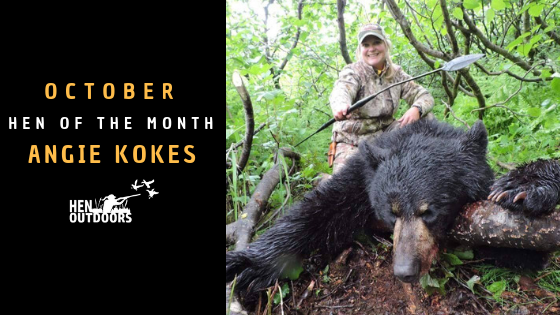Suggestions for the savvy fisherwoman on how to find hotspots for smallmouth bass
----
Whether you want to find smallmouth bass, or smallies, for their legendary fight, their delicious taste, or because you’re hoping to catch your first one, you’re in good company. They are one of the most popular sportfish across the country.
If you have fished for largemouth bass, smallies are a bit pickier about habitat than largemouth. Smallies love rocks, clearer water, and cooler temperatures. Generally speaking, if the water is between 60 and 70 degrees, there’s a good chance you’ll find active smallmouth.*
As always, check your state’s regulations before heading out. If you’re not sure where to start with finding smallmouth bass, take a look at your state’s fisheries management websites for a lists and maps of where you can seek out the voracious eaters. Smallmouth originated in mostly Midwestern states, however, they are have been introduced or stocked in states from California to Maine, and in many states in between.**

Lakes and Reservoirs
Smallies tend to be in lakes that are more than 25 feet deep, but they may be in shallower lakes, depending on the water temperature. They become more active in spring when starting to spawn and, at that time, they tend to be shallow areas. Using a kayak or canoe can be advantage during spring because you can squeeze into spots that bigger boats may find inaccessible.
In mid-summer, smallies tend to float somewhere in the middle depths of lakes and it can be difficult to locate them. Smallmouth love baitfish like gizzard and threadfin shads that tend to hang out in big groups. If you find the baitfish, you are likely to find the bass. Having good sonar and depth-finding equipment makes a big difference if you have a little extra money and you’re set on finding fish fast.

Rivers and Streams
Smallies can be found in a wide range of river and stream sizes. You can find them in the Mississippi River from Minnesota to northern Arkansas, and much of the Mississippi River watershed. Smallies can be found in faster moving water than largemouth, and may be found in shallow areas of rivers and streams if you target rocky shorelines covered with shadows. You’ll also likely find smallies off of any break in the current.
In conclusion, a quick point about bait. You can catch a smallmouth on just about anything, they’re very opportunistic. They gobble down crawfish (or crayfish, crawdads, mudbugs depending on where you live), baitfish, and worms. Rooster tails, inline spinners, spoons, or any type of plastic bait with a little weight to it can likely lead to a good bite. At times, smallies are unwilling to go after topwater lures, in which case, you can try jigs and crankbaits.
Get it, girl!
*When using a boat with a motor, it’s helpful to have someone sit on the bow and guide you around rock bars or rocky bottoms. Otherwise, you may end up with a damaged propeller.
**Introduced populations of smallies can be invasive and put pressure on certain fish populations. You may want to do a little research about whether smallmouth bass belong in local fisheries and natural systems.
Want to rep your passion for fishing?
Check out our women's fishing apparel here



Post a comment
Thank you
Your post has been submitted and will be published once it has been approved.
OOPS!
Something went wrong and your post has note been submited. Please try again.









Comments (0)
Be the first to comment.